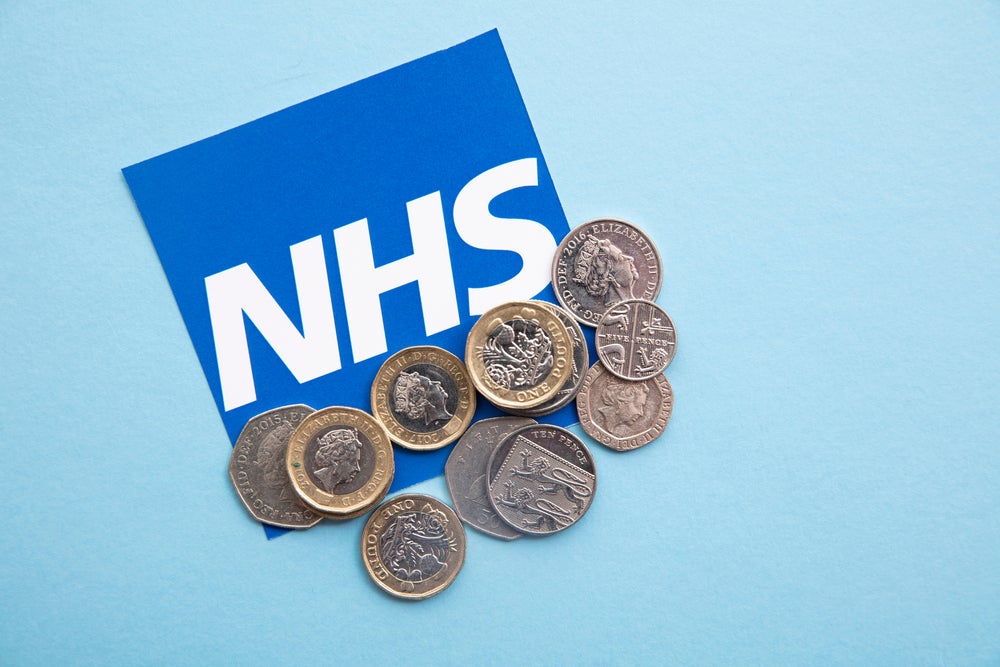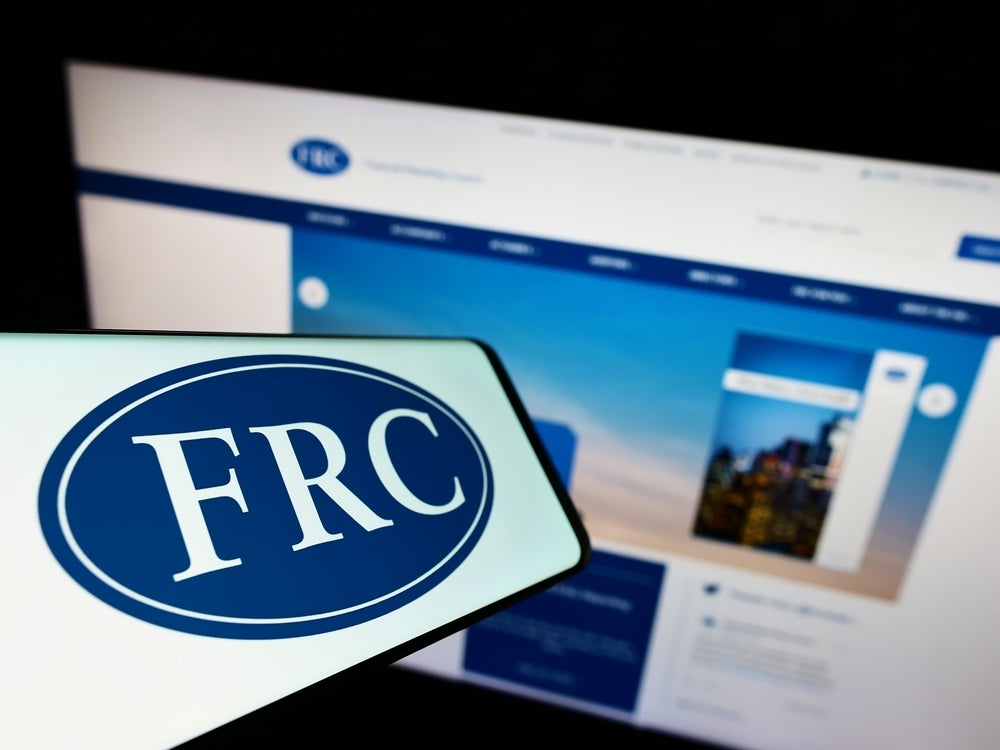
The FRC has issued substantial amendments to FRS 102, that aim to ‘enhance the quality of UK financial reporting’ by more closely aligning UK GAAP with IFRS in key areas, including new revenue recognition and lease accounting models.
This follows the extensive outreach carried out by the FRC as part of FRED 82, the second periodic review of UK GAAP.
Consequential amendments have also been made to the suite of other UK FRSs, including FRS 100, 101, 103, 104 and 105, which move UK GAAP closer than ever to IFRS.
What are the major changes to UK GAAP FRS 102?
The two headline changes are to:
- revenue recognition – there is a new model based on IFRS 15’s five-step model, with appropriate simplifications. How entities will be impacted will depend on the form of their contracts with customers; and
- lease accounting requirements – there is a new model for lease accounting, based on IFRS 16’s on-balance sheet model, with some simplifications. Many businesses that use operating leases will be impacted.
Other improvements and clarifications in the periodic review to FRS 102 include (but are not limited to):
- greater clarity for UK small entities applying Section 1A, regarding which disclosures need to be provided in order to give a true and fair view;
- revised Section 2 Concepts and Pervasive Principles to align with the IASB’s Conceptual Framework for Financial Reporting;
- new Section 2A Fair Value Measurement, replacing the Appendix to Section 2 and updated to reflect the principles of international standards;
- revisions to Section 7 Statement of Cash Flows, to include new disclosures for supplier finance arrangements that promote consistency with IFRS;
- additional guidance in Section 26 Share-Based Payments for specific situations, such as equity instruments issued as part of a business combination;
- additional guidance in Section 29 Income Tax on uncertain tax positions;
- various amendments to Section 34 Specialised Activities, such as agricultural activities, service concession arrangements, heritage assets and public benefit entity accounting; and
- additions and amendments to the defined terms in the glossary.
What hasn’t changed?
The FRC have listened to feedback, and in a welcome move for many preparers, have chosen not to align FRS 102 with the expected credit loss model of financial asset impairment in IFRS 9, nor introduce any alignment with IFRS 17 Insurance contracts. Any such changes will be part of a future consultation.
How well do you really know your competitors?
Access the most comprehensive Company Profiles on the market, powered by GlobalData. Save hours of research. Gain competitive edge.

Thank you!
Your download email will arrive shortly
Not ready to buy yet? Download a free sample
We are confident about the unique quality of our Company Profiles. However, we want you to make the most beneficial decision for your business, so we offer a free sample that you can download by submitting the below form
By GlobalDataWhen will the changes to UK GAAP FRS 102 become effective?
While the bulk of the standard has retained the expected effective date of accounting periods commencing on or after 1 January 2026, with early application permitted, there is one exception.
New disclosure requirements about supplier finance arrangements must be provided for periods commencing on or after 1 January 2025 – again these promote consistency with IFRS in what is a rare area.





